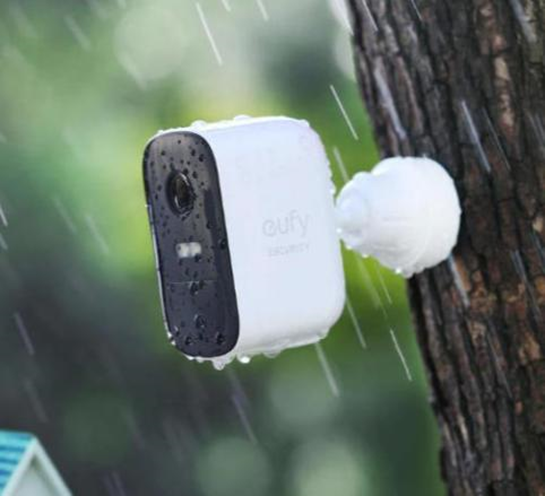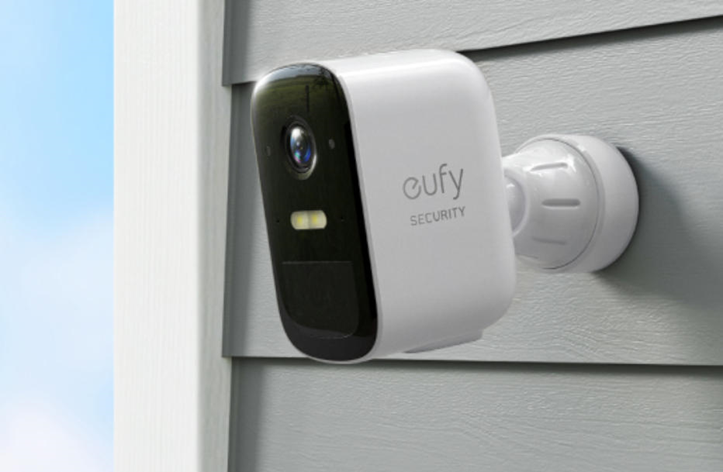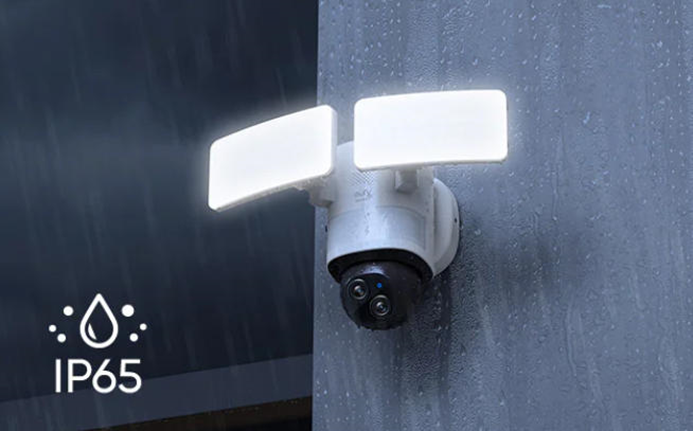Why Choose Wireless Over Wired Security Cameras?
August 28, 2025
Home security has undergone a quiet transformation in recent years. Where professional installations with tangled wires once dominated, sleek wireless systems now offer smarter protection. These modern solutions eliminate the headaches of drilling through walls and running cables while delivering equal or better performance. For most homeowners, wireless security cameras provide the perfect balance of convenience, functionality, and peace of mind. They adapt to your lifestyle rather than forcing you to work around their limitations. In this article, we’ll explore why wireless systems have become the preferred choice and how they can simplify your home security.

Effortless Installation & Setup
No Drilling or Complex Wiring Required
The most immediate benefit of wireless security cameras becomes apparent the moment you unbox them. Without the need for extensive wiring, you can have a camera up and running in minutes rather than hours. Simply mount the bracket using basic tools (or sometimes just adhesive strips), connect to your home Wi-Fi, and you’re done. This plug-and-play approach means no more measuring cable lengths, fishing wires through walls, or dealing with voltage converters. Many wireless models are battery-powered, eliminating even the need for nearby outlets. The simplicity extends to system expansion, too—adding more cameras requires just a few taps in a mobile app rather than calling an electrician.
Renters-Friendly Temporary Solutions
Wireless cameras are a game-changer for renters who can’t modify their living spaces. Landlord agreements often prohibit permanent installations, but wireless systems leave no lasting marks when removed. Temporary mounting solutions like removable adhesives or freestanding bases provide secure placement without violating lease terms. When moving, the entire system comes along effortlessly—no abandoned wiring or holes to patch. This portability also benefits homeowners in testing camera placements before committing to positions. The flexibility extends to storage, too; wireless cameras can be brought inside during extreme weather or stored securely when traveling.
Ultimate Placement Flexibility
Move Cameras Seasonally as Needs Change
Home security needs evolve throughout the year, and wireless cameras adapt seamlessly. A camera monitoring the backyard pool area in summer can be relocated to watch holiday package deliveries by the front door in winter. This seasonal flexibility proves invaluable when dealing with changing security priorities like vacation periods or home renovations. Wireless systems also allow temporary surveillance boosts—positioning an extra camera near valuables during a party or monitoring a construction project. Unlike wired systems that lock cameras into permanent locations, wireless options empower you to respond to emerging needs without technical constraints.

Ideal for Difficult-to-Wire Locations
Certain home areas pose nightmares for wired installations but are simple for wireless cameras. Detached garages, garden sheds, and gates often lack convenient power sources or wiring paths. Wireless models with long-range connectivity and battery operation conquer these challenging spots effortlessly. Historic homes with plaster walls or stone exteriors that resist drilling become much easier to secure wirelessly. Even standard homes benefit when placing cameras at optimal viewing angles rather than being limited by outlet locations.
Smart Home Integration
Modern wireless security cameras do far more than just record footage—they become intelligent parts of your smart home ecosystem. Most connect effortlessly with voice assistants, allowing you to view feeds on command through smart displays. Integration with other devices enables powerful automations, like turning on lights when motion is detected or locking doors when unusual activity occurs. Wireless systems typically offer more frequent firmware updates, too, continuously adding features like improved AI detection or new platform compatibility. The mobile apps accompanying wireless cameras tend to be more polished as well, with intuitive controls and reliable notifications.
Enhanced Aesthetics & Discretion
Wireless cameras maintain your home’s visual appeal while providing protection. Without trailing cables or bulky power adapters, they blend more naturally into your home’s design. Many models feature sleek, modern profiles that complement rather than clash with your decor. The absence of visible wiring also makes cameras less obvious to potential intruders—an important consideration since visible security measures can sometimes be tampered with. For discreet monitoring, compact wireless cameras can be positioned in creative locations like birdhouses or decorative elements.
Cost & Maintenance Advantages
Lower Installation Costs
The financial benefits of wireless systems begin with installation savings. Professional wired camera installations often cost hundreds in labor before considering equipment expenses. Wireless setups eliminate these fees entirely for most homeowners. Even accounting for potential Wi-Fi extenders or additional batteries, the total expenditure typically remains significantly lower. There’s also no need for ongoing costs like electrician visits to expand or relocate cameras. For budget-conscious buyers, wireless systems provide professional-grade security at DIY prices, making comprehensive home protection accessible to more households.
Easier Troubleshooting & Upgrades
Wireless systems simplify both maintenance and future improvements. Diagnosing issues often involves just checking battery levels or Wi-Fi signals rather than tracing faulty wiring through walls. Failed components can be replaced individually without system-wide disruptions. Upgrading to newer models requires simply swapping cameras rather than rewiring entire circuits. This modularity extends longevity too—you can gradually replace outdated cameras without the sunk cost dilemma of wired systems. The reduced technical complexity means most homeowners can handle routine maintenance themselves, avoiding service call fees.
When Wired Might Still Be Better
While wireless cameras suit most homes, wired systems retain some niche advantages. Properties with unreliable Wi-Fi or cellular service may benefit from wired reliability, especially in rural areas with weak signals. Extremely large estates might prefer wired systems to avoid battery maintenance across numerous cameras. Some high-end security professionals still recommend wired solutions for 24/7 continuous recording without compression.
Conclusion
The security camera landscape has clearly shifted toward wireless solutions, and for good reason. They remove the technical and physical barriers that once made home security systems intimidating or impractical for many households. Modern wireless security cameras like those from eufy demonstrate how far the technology has come—delivering robust protection without compromising on convenience or aesthetics. Whether you’re a renter needing temporary security, a homeowner valuing flexibility, or simply someone who prefers smart, integrated solutions, wireless systems now offer the ideal balance of features. Their ease of use, combined with powerful capabilities, makes them the logical choice for protecting today’s homes.

